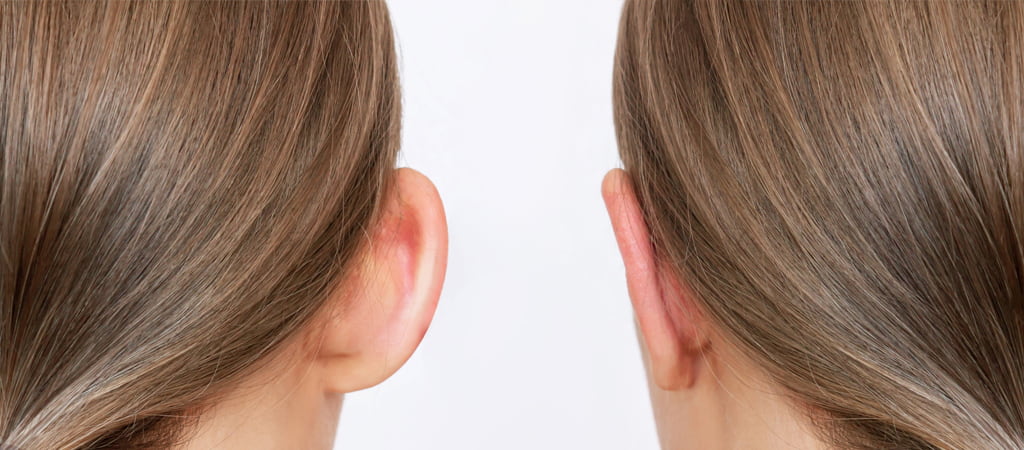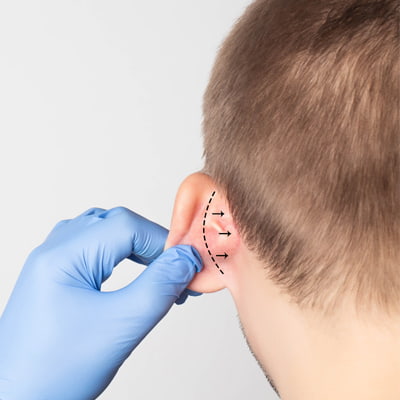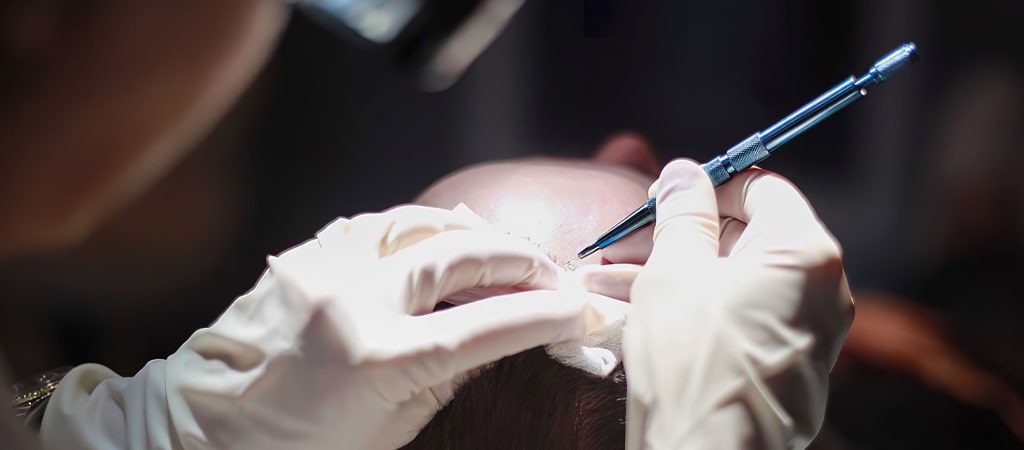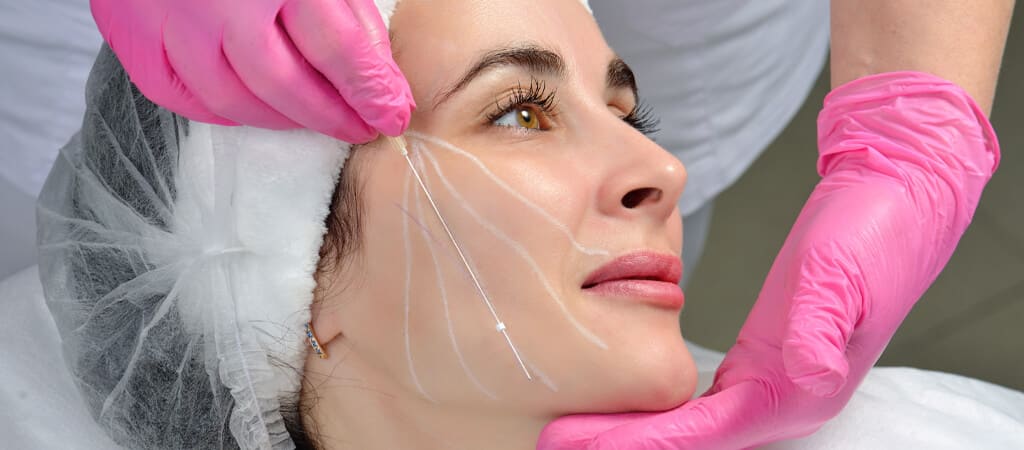What is Ear Aesthetics (Prominent Ears)?

Ear aesthetics (Otoplasty) is a surgical procedure to reshape the auricle of the ear, correct deformities and provide a natural end result. The condition commonly known as ‘prominent ears’ is when the antihelix fold in the auricle is not fully formed or the conchal cartilage develops more than it should. Both conditions can be seen alone or together. Although this condition is mostly seen in both ears, it can also occur in one ear. Prominent ears are caused by genetic factors thus the probability of having this condition in family members is high. The unpleasant look of the ear leaning to the side or forward can be corrected with this aesthetic surgery.

What Causes The Prominent Ear Condition?
A prominent ear problem is a congenital problem and is caused by genetic factors. It is especially likely to be seen in individuals whose parents have the same condition.
The following conditions are also seen; The back angle of the ear is wider than it should be, loose cartilage tissue, insufficient development of the upper folds and a flat structure.
Who Can Have Prominent Ear Surgery?
Otoplasty surgery can be performed on anyone who is uncomfortable with the appearance of a prominent ear. In children the ideal age range for this treatment is between 4-6 years. The appearance of prominent ears can affect self confidence which is why this treatment is very popular.
Surgery For Prominent Ear
A prominent ear surgery is performed by a plastic surgeon and is generally considered easy without posing any serious risks. The treatment time is about 40-80 minutes depending on the condition of the ear. Taking into account the patient’s overall condition and age, it is performed under general or local anesthesia under the physician’s recommendation. The operation method is determined according to the surgeon’s technique on either the front or back side of the ear. The main purpose is to give the ear a new shape by altering the ear cartilage and folds. The incisions are usually located behind the ear and aesthetic stitches are used which will fade over time. After the surgery, special bands are worn to support the ear for a few weeks. Hospital stay is not required after surgery.
Prominent Ear Surgery In Children
A Prominent ear condition can sometimes be identified in newborn babies, and the doctor may require using an elastic headband. The use of these headbands may make it possible to prevent the possibility of surgery at an older age. Performing prominent ear surgery in childhood is important for a healthy social and psychological development period. For this reason, the most appropriate period to perform prominent ear surgery is between the ages of 4-6 before school.
Recovery Period After An Ear Aesthetic Surgery
The postoperative recovery period is approximately 2 weeks. Patients can shower 1-2 days after the procedure. Activities that may cause impact should be avoided and protection from external factors should be paid attention to during the healing period. Vigorous exercises should also be out on hold for a while.
The special bands worn after the operation should not be removed before the ear tissue heals and extra attention to hygienic rules should be made. During the process, earrings, piercings and other objects should not be worn in the ear. Products that may cause irritation should not be used. Physician recommendations must also be followed.
Prominent Ear Surgery FAQs
Will there be scars after prominent ear surgery?
Will there be scars after prominent ear surgery?
Incisions are made behind the ear and self-melting aesthetic threads are used for stitches. Therefore the scars that exist will fade overtime.
Is there a risk of prominent ear surgery?
Is there a risk of prominent ear surgery?
This surgery is among the low-risk operations. After the procedure, hematoma (blood collection) and infection may occur in the treated area. However treatments recommended by the physician will help solve the issues.
Can ears become prominent later?
Can ears become prominent later?
A Prominent ear condition derives from genetic reasons. However, some traumatic causes can also lead to prominent ear problems.
Is prominent ear surgery permanent?
Is prominent ear surgery permanent?
Yes. This operation is a permanent operation and does not require repeated procedures.
Does a mild condition of prominent ear require surgery?
Does a mild condition of prominent ear require surgery?
Prominent ear is operated on with otoplasty regardless of the ear opening ratio. A different method is not used for adults.





